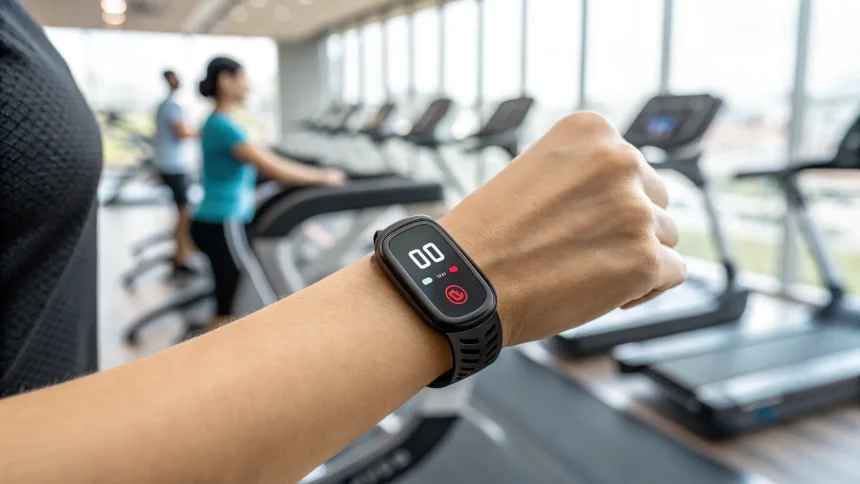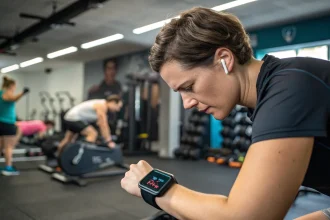Fitness trackers and health wearables continue to gain popularity among consumers seeking to monitor their physical activity and health metrics. However, a significant limitation is emerging as users report dissatisfaction with battery performance that fails to meet their expectations.
The devices, which have become increasingly sophisticated in recent years, offer capabilities ranging from step counting to heart rate monitoring and sleep tracking. Despite these advanced features, the power demands of continuous health monitoring are creating frustration for many users who find themselves needing to recharge their devices more frequently than they would prefer.
The Battery Life Dilemma
As wearable technology companies pack more sensors and features into smaller devices, battery capacity has become a critical constraint. Most current-generation fitness trackers and smartwatches require charging every few days, with more feature-rich models sometimes needing daily power replenishment.
This limitation creates a practical problem for users who rely on these devices for continuous health monitoring. When a device needs charging, it temporarily stops collecting data, creating gaps in health metrics that can be problematic for those tracking specific conditions or training programs.
The issue becomes particularly apparent for users who engage in multi-day activities such as hiking trips, marathons, or other endurance events where charging opportunities may be limited or unavailable.
User Experience Impact
The battery constraints affect how people use their devices in several ways:
- Some users disable power-hungry features like GPS or heart rate monitoring to extend battery life
- Others develop charging routines, such as powering devices while showering
- Many users report abandoning their wearables entirely due to charging fatigue
For health-conscious consumers who want uninterrupted data collection, the current battery limitations represent a significant drawback that manufacturers have yet to fully address.
Industry Response
Wearable technology manufacturers are aware of these concerns and are pursuing several approaches to address battery life limitations. Some companies are developing more energy-efficient sensors and processors, while others are exploring alternative power sources such as solar charging or kinetic energy harvesting from the user’s movements.
Several manufacturers have introduced power management features that allow users to customize which functions remain active, helping to extend battery life based on individual priorities. Others have focused on fast-charging capabilities that minimize downtime when devices do need to be recharged.
“The challenge is balancing feature richness with power consumption,” said one industry analyst who studies the wearable market. “Users want comprehensive health tracking but also expect devices to last for days or weeks between charges.”
Some premium devices now advertise battery life of up to two weeks, though this typically requires limiting functionality or disabling certain features. More commonly, devices with full feature sets offer 2-5 days of use between charges.
As health wearables become increasingly integrated into preventive healthcare and chronic condition management, solving the battery life challenge will likely become even more critical. For now, users must continue to balance their desire for comprehensive health tracking with the practical limitations of current battery technology.









